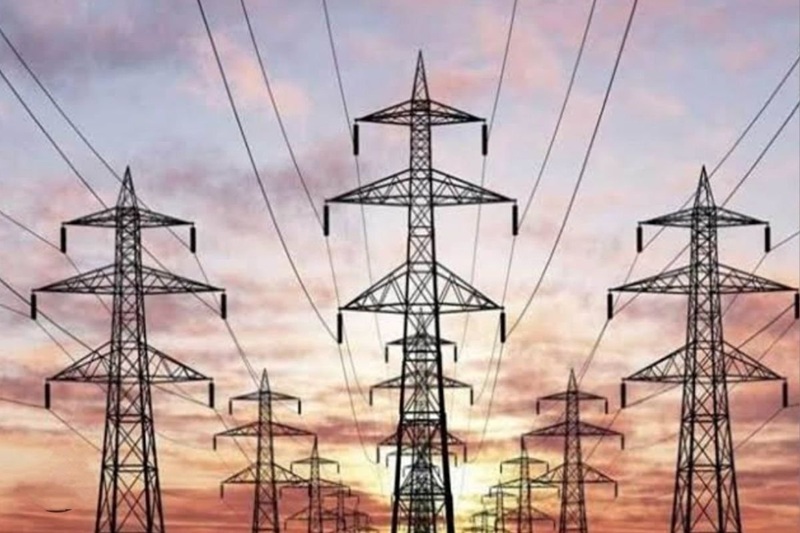
(C): Twitter
Today nearly 27 lakh electricity employees throughout India participated in a one-day symbolic strike to protest against the privatisation of power distribution, especially focussing on the Pudvanchal and Dakshinanchal Vidyut Vitran Nigam in Uttar Pradesh. The strike was called by the National Coordination Committee of Electricity Employees and Engineers (NCCEEE), as a notice to the government that it should stop any future attempt at privatisation.
Why Is Uttar Pradesh Leading the Charge in India’s Power Sector Protest?
Uttar Pradesh saw widespread involvement, as more than one lakh employees, including engineers, contract workers and junior employees, protested in total across 42 districts. The Vidyut Karmachari Sanyukt Sangharsh Samiti coordinated the protests with support from 10 large national trade unions.
Is the protest limited to the power sector?
No. The strike is part of a wider movement against privatisation of public services including rail, telecoms, postal and banking sectors. Close to 25 crore workers and citizens are planning to engage in solidarity actions across the nation.
What are the main demands?
The protesters are calling for an end to the privatisation decision immediately in UP and are also calling on the central government to step in to safeguard public assets and jobs. Protesters have warned that privatisation could potentially threaten rural electrification, and farmer subsidies and compromise job security.
Will essential services be affected?
Unions were confident that emergency response teams were established to keep essential services open while the strike was going. However, the UP government activated the Essential Services Act, prohibiting strikes in the power sector for six months.
Read Also: Bharat Bandh on July 9: Over 25 Crore Workers to Strike Know Which Key Sectors Will Be Most Affected







